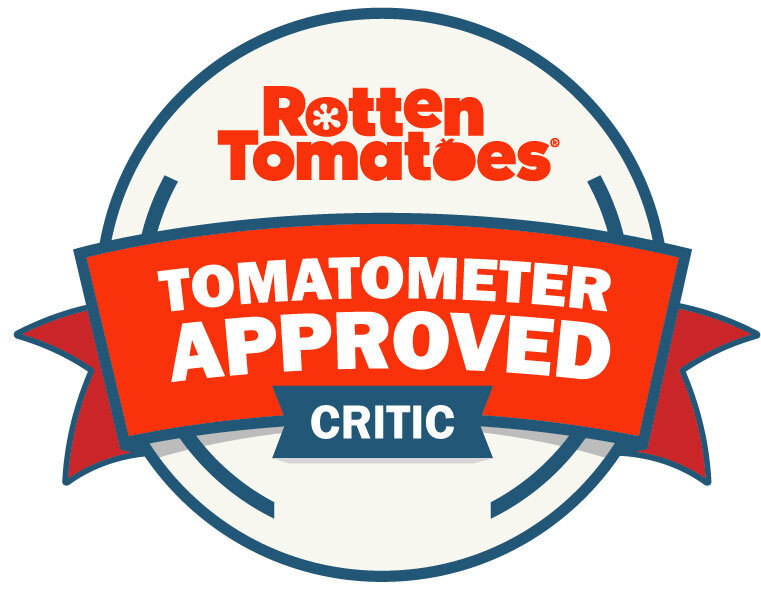Up Up Down Down Left Right Left Right B A Start
2010 // USA // Edgar Wright // August 16, 2010 // Theatrical Print (St. Louis Cinemas Chase Park Plaza)
B - There's no denying that Scott Pilgrim vs. the World seems engineered to tap into the brainstems of Gen-Xers raised on The Legend of Zelda, tickling their nostalgia centers with a blend of hipster banter and sheer awesomeness until they submit, giggling with delight. More broadly, the film presents a romantic comedy that doesn't just name-check slacker cultural touchstones such as comics, video games, and indie rock, but earnestly drapes itself in their idioms and aesthetics. Based on the graphic novels by Bryan Lee O'Malley, and set in a wintery, shabby Toronto of indeterminate era—characters fiddle with their Nintendo DS Lites, but also visit CD stores (how quaint!) and wrestle with AOL dial-up—Scott Pilgrim follows the amorous travails of the titular character, an awkward twenty-two-year-old played by Michael Cera (a bit redundant, I know). Director Edgar Wright previously showcased his droll wit and rapid-fire stylings in the genre-tweaking, deliriously funny Shaun of the Dead and Hot Fuzz, co-written with leading man Simon Pegg. Here his writing partner is actor Michael Bacall (last seen playing separate characters named Omar in Quentin Tarantino's Death Proof and Inglourious Basterds), but Pegg's absence hasn't diminished Wright's facility for maintaining a cutting and relentless comic cadence while slathering on outlandish spectacle.
Scott is unemployed (naturally), shares a mattress on the floor of a one-room basement apartment with his gay roommate Wallace (Kieran Culkin), and plays bass in a White Stripes-esque band called, somewhat sheepishly, Sex Bob-omb. (If you get the joke, congratulations: you're part of the target audience.) Somehow, despite his chronic whining, crippling insecurities, and abject dorkiness, Scott has managed to attain a spitfire seventeen-year-old pseudo-girlfriend, Knives Chao (Ellen Wong). Everyone around Scott seems to regard this relationship as slightly skeevy and exceedingly pathetic, from his meddling sister Stacey (Anna Kendrick) to doubtful bandmates Kim, Stephen, and Young Neil (Alison Pine, Mark Webber, and Johnny Simmons). Fortunately (or perhaps not), Scott is soon smitten by one Ramona Flowers (Mary Elizabeth Winstead), a rollerblading American with a tangled neon dyejob, recently arrived in Toronto with a plethora of "battle scars," as Scott's acquaintances tell it. Ramona is too sarcastic and taciturn to qualify as a Manic Pixie, but Scott has nonetheless resolved that she is his Dream Girl, clumsily dropping Knives in order to pursue her.
Despite the story's vaguely banal outlines, the screenplay is razor-sharp, bursting forth with a kind of machine-gun alacrity that has become something of a Wright signature, complemented by equally breakneck editing. Even more conspicuous is the film's design, which borrows shamelessly and earnestly from the visual language of video games, comics, and anime to sculpt a world as seen through eyes conditioned to visualize environments (and relationships) as pixelated, four-color, and replete with speed-lines. The approach is more amusing than audacious; Scott Pilgrim isn't striving to be a formalist experiment within a Hollywood frame, in the manner of, say, the Wachowski Brothers' Speed Racer. Wright's film is simpler, more adorable, and more approachable. From the cartoon RIIIIINNNNGs that leap from trilling phones to the way locales in the Toronto slackerverse seem to morph and bleed into one another, Scott Pilgrim poses an alternate reality governed by an unfocused mind with its own defiantly nerdy vocabulary. Often, there is an element of furtive, shamefaced communion between the filmmakers and audience at work in the flourishes. (Who in the post-Sims world hasn't occasionally thought of their bladder needs in terms of a yellow "Pee Bar"?)
Up to a point, one might regard this unabashed, witty embrace of the fantastical as a product of Scott's geeky fixations. However, at a Battle of the Bands where he hopes to impress his Object of Desire, things get a little... heavy. Scott is confronted by Matthew Patel (Satya Bhabha), a flying, flame-chucking, demon-summoning ex-boyfriend of Ramona's. Unfortunately for our hero, she neglected to mention that she has seven "evil exes" who must be defeated by any prospective boyfriend. Scott, being a video game aficionado, rises to the challenge, although he remains shrilly exasperated by Ramona's reticence about the super-powered exes. These include skateboarder-turned-actor Lucas Lee (Chris Evans, hamming it up with a Christian Bale growl), who has stunt crew do all his fighting; and Todd Ingram (Brandon Routh), whose psychic powers (and stupendous hair) stem from his self-righteous veganism. Scott cuts through them one-by-one in a series of Street Fighter-style battles, permitting Cera some choreographed martial arts action and Wright an excuse to pepper the frame with points, power-ups, and explosions of gold coins.
Were it merely a glitzy collection of in-jokes meant to appeal to former latchkey kids with fond memories of Final Fantasy II, Scott Pilgrim vs. the World would be an endearing amusement park ride, but little more. Fortunately, it's also consistently funny, in a way that transcends mere pointing and squealing at its abundant pop references. Cera's slouchy, self-effacing manner (which has almost worn out its welcome) is the antithesis of Pegg's tightly-wound grimacing and goggling. However, Wright handles his new leading man quite well, plopping the slow-witted and spineless Scott into a universe populated by friends and enemies who, in contrast, speak and act with precision. Romantic comedies don't often feature protagonists who are so clueless, negligent, and fundamentally cowardly, and part of what makes Scott Pilgrim unconventional is its determination that its hero emerge a better person from his romantic tribulations, not just his old self +1 girlfriend.
Ramona is unfortunately a bit of a cipher—and her attraction to a milquetoast like Scott a mere Nice Guy fantasy—but she does serve a rather pointed role in our hero's arc. Namely, she snaps Scott out his mopey self-pity and forces him to confront his own moral missteps. In one crucial scene, when Scott bellyaches yet again about the vengeful exes left in Ramona's wake, she points out all the broken hearts he's left behind, and which he never acknowledges, because he prefers to be the put-upon underdog. It's not exactly a resoundingly feminist film—Ramona is reduced to the role of the proverbial Mushroom Princess by the end—but it is atypical in some extremely gratifying ways. When Scott finally confronts the dreaded seventh ex, slimy record producer Gidegon Gordon Graves (Jason Schwartzman), his flaming Power of Love sword fails him. (Shameless, reckless devotion only counts for so much, after all.) The power-up he unsheathes instead? Why the Power of Self-Respect, of course. If you'd read the strategy guide, you'd know that.









